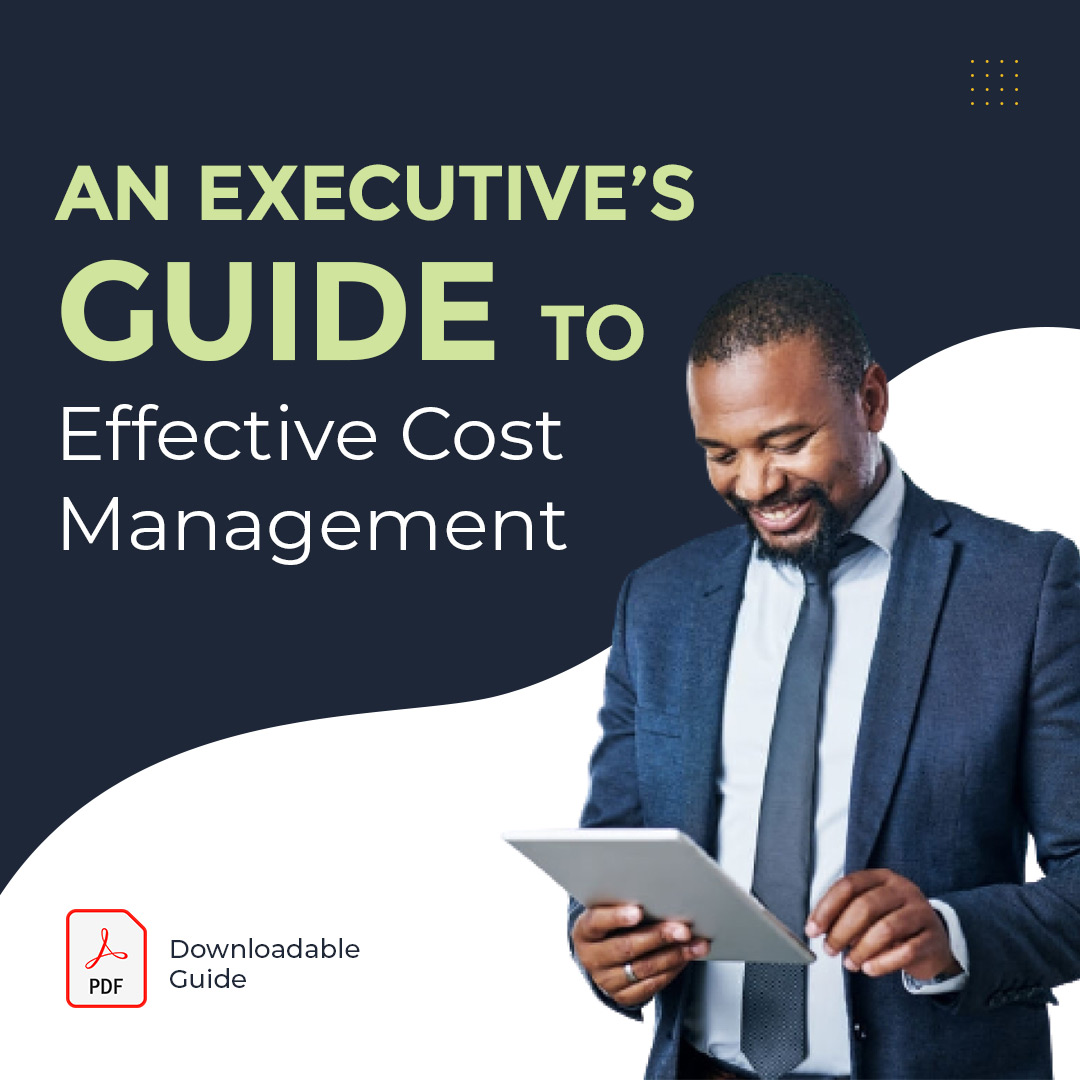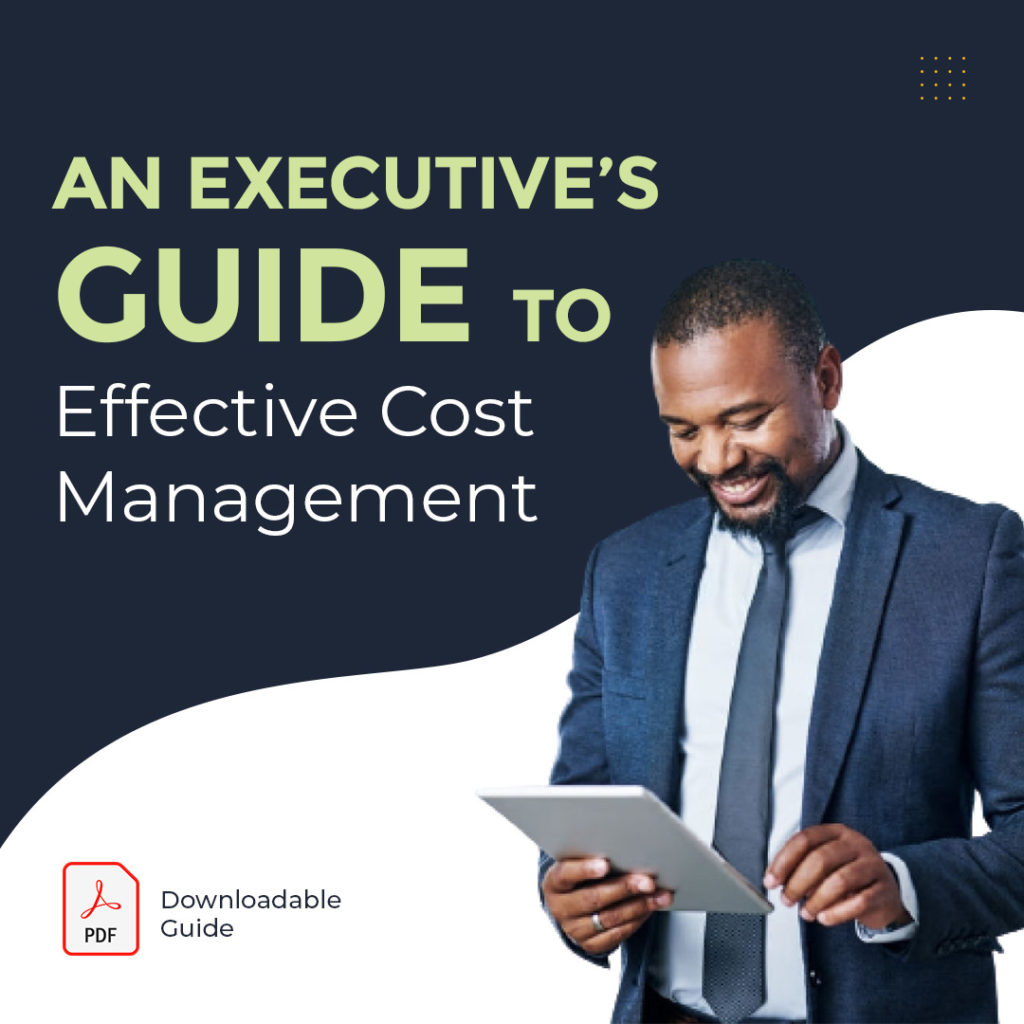Reducing business costs and cutting expenses will most likely be at the top of priorities, strategies, and plans for a huge number of business executives across the world currently due to the effects the ongoing COVID-19 pandemic has had on businesses and the economy in general.
Though the impacts and implications vary across business sectors, so many businesses have seen a huge dip in revenue which has been mostly as a result of a drop in sales or demand for their products and services caused by the compulsory lockdown meted in different states across the country and countries across the world.
Hence, it has become important for business leaders to identify ways to cut business costs and design ways to reduce business expenses in a bid to maintain profitability and keep their organisations in operation.
If this speaks to your current situation, you might want to keep reading. If not, business cost-cutting and hence, new cash generation for your business is always a brilliant move and advantageous for your business as well.
[maxbutton id=”1″ url=”https://www.workforcegroup.com/executives-guide-effective-cost-management/” text=”Download Guide” ]
Implications of the COVID 19 Pandemic for Businesses
In an article titled “COVID_19: Business Implications and Insight“, Workforce Group highlights implications on the economy and across business sectors that could result as an effect of the pandemic.
For the economy, the article highlighted that the COVID-19 pandemic is affecting the economy in two significant fronts – Nigeria’s revenue projection and Changes in consumer behaviour. Nigeria’s 2020 revenue projection (of N10.6 trillion according to the initial annual budget) had to be reviewed downward by as much as 40 percent due to the oil price shocks and disruption in economic activities caused by the spread of COVID-19.
Also, demand will be negatively impacted as consumers and businesses would be compelled to cut spending due to increasing uncertainty and declining purchasing power. Private consumption growth would weaken until individuals can evaluate their job and financial security.
Across businesses, the number of corporate layoffs would rise considerably, capital expenditure for nonessential services would be cancelled or postponed as organisations continue to monitor the economic landscape and most businesses would experience reductions in sales, productivity, and profits.
Some of these scenarios are playing out already. With this in mind and considering the possibility of other unprecedented outcomes, business executives are now faced with challenges of studying these possible impacts on their business or sectors and devising various means of keeping their businesses afloat and thriving during this crisis in which cost-cutting and reducing expenses is one of the major apparent solutions.
Going about business cost-cutting the right way could leave you creating extra funds for your organisation while doing this in the wrong way could lead to higher expenses incurred in other parts of your business.
Recommended Post: Key HR Metrics That Are Worth Measuring
What Are the Biggest Costs for a Business?
Utility Cost
These are expenses incurred by the organisation from using public utility companies’ services such as wastes, electric power, waste disposal, water, internet services, phone line. These costs usually form the bulk of the operating costs of all businesses.
Payroll and Benefits Cost
Paying staff is indeed one of the major expenses for a business. Payroll expenses include not only salaries but incentives, fees, and income sharing. Employee overpayment is a common error made by employers.
They assume they’re going to get what they pay for, and spending extra means you’re going to get more, right? This is not always the case.
There are, however, ways to attract quality staff without overpaying them. Attractive incentives, holiday time and versatility, will also attract a vibrant, highly skilled workforce.
Tax Cost
Business taxation may be complicated, including various areas such as income tax, projected taxation, self-employed taxes, withholding taxes, and excise taxes. If you’re not prepared for these expenses, they could take you by surprise.
And if you don’t pay them properly, you may be in legal trouble. Such rates can be extremely overwhelming as they can adjust to the grounds of regulation and changes in the insurance sector.
Advertising Cost
You’ll need to invest in promotions and advertisements if you want your company to produce more leads, traffic, and brand awareness.
Though not all strategies are the same, advertising could be an expensive but typically essential expense for running a profitable company. Many entrepreneurs, particularly those just starting a company, have unknowingly overpaid for ads.
Office Supply Cost
Purchasing inventory and equipment is a significant business cost to most companies, across different industries. Regular office materials include pens, pencils, paper, cards, pads, books, envelopes, binders, report covers and more.
Reduce utility costs by “going green” and digitising, adding more productive appliances and consuming fewer rooms. If possible, impose strict limits for how and when utilities are used to further cut business expenses.
5 Ways to Cut Business Costs
Continuing to operate according to status quo, despite the effects currently seen, could have an adverse impact on business especially causing an additional shortage of funds available with the business shut down due to lack of revenue generation being the worst possible effect.
You could keep your organisation in business by exploring some of the following ways to cut cost or reduce expenses.
Develop a Structural Performance Improvement Plan
To overcome the adverse effects on businesses caused by the recent COVID-19 crisis quickly and respond to the ‘new normal’ of lower revenues in the mid-term, the first and most important step is that most organisations will need to deploy a structural performance improvement plan.
For these programs, leaders will first have to carry out a business impact analysis and then develop a clear target picture for the firm in three to five years.
This should include the future core business and operating model, and also clearly defined profitability targets and profit and loss goals. This would provide insights into the best way to reduce cost and cut business expenses.
Make Adjustments to Work Arrangements
Different arrangements could be considered here depending on the type of organisation and scope of work carried out. Businesses could consider making on-site and remote workdays available.
For example, on-site work for two days during the week and remote work for the remaining three days. Remote work could also be made permanent for roles that could function effectively offsite.
This can help to cut operational costs and business expenses incurred for office supplies, electricity, fuel (for powering generators), internet services, lunch, vendor payments etc. Companies can also consider leasing vacant spaces while employees work remotely to make extra cash.
Consider Taking Advantage of the Benefits of IT Systems and Technology
According to McKinsey Digital, as much as 30 per cent of IT expenses can be saved by taking measures that leverage the flexibility built into the cost base, by adapting to business cycles and demand.
These might include reducing or limiting demand volume and service levels, eliminating discretionary spend like stopping the purchase of new hardware, delaying nonessential projects, or decommissioning applications with a little usage.
Also, the use of existing technology such as an automation process is more cost-effective because it helps to get more done by a single employee, hence, reducing cost and increasing productivity.
Cut Advertising Costs
With more potential online buyers than ever before, ads do not have to be costly. Compared with traditional methods of advertising such as billboards, radio, newspapers and television, the use of online or social media for advertising proves to be cost-effective.
Coupled with this advantage is the ability to communicate with your consumers in a two-way format, developing a long-term following, and being able to promote new products, services and campaigns quickly.
Considering that advertising is an important part of business, executives can choose to either blend both advertising methods or make a switch to online media for advertising depending on their business goals as it concerns the need to cut business costs.
Leverage the Benefits of Outsourcing Services
[maxbutton id=”1″ url=”https://www.workforcegroup.com/executives-guide-effective-cost-management/” text=”Download Guide” ]
One of the topmost benefits of outsourcing is its cost-effectiveness characteristic. You might not be able to deal with certain aspects of your business, especially if you do not have the technical know-how or specialised skills necessary.
Virtually all of the business and people resourcing processes that lead to the expenses outlined above can be outsourced, and this would be a more economical option rather than recruiting a full-time team for such tasks.
You would not have to worry about recruitment and training costs as this would be handled by your outsourcing partner.
Also, your outsourced tasks are handled by an organisation with a high level of expertise does not just contribute to cost reduction but helps you to focus on your core capabilities and improves the quality and efficiency of work.
Conclusion
There are different ways a business can choose to cut cost during a crisis. The first and most important action to take is to carry out an analysis of the business and come up with a performance improvement plan.
This helps to define specific goals within the business, such as profitability and gives insights on areas of focus for cost-cutting.
Subscribing to outsourcing services with a trusted outsourcing partner is also strongly recommended and is seen as one of the simplest ways to cut business costs.
Outsourcing should not be seen just as a cost-reduction strategy but also as a business development plan. Organisations can leverage outsourcing to drive the transformational change required to contain the effects of a crisis and improve business results.
As an outsourcing service provider with a proven track record, we know what it’s like to entrust a part of your business to a vendor who lets you down. We understand how chaotic it can be to experience a breakdown in service delivery that ends up affecting your customers.
We even went as far as to commission the first landmark survey to help business leaders and HR professionals identify must-answer questions before choosing an outsourcing provider.
Get this free Checklist on Profiting from Outsourcing to help you identify the key frustrations and challenges companies experience with outsourced staffing projects and put you on the right path of making the most of your outsourcing projects.










